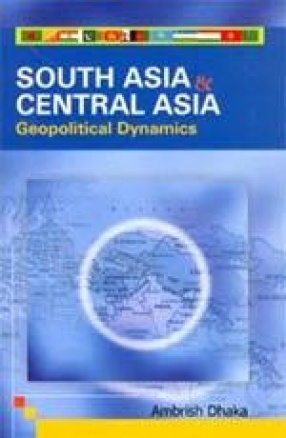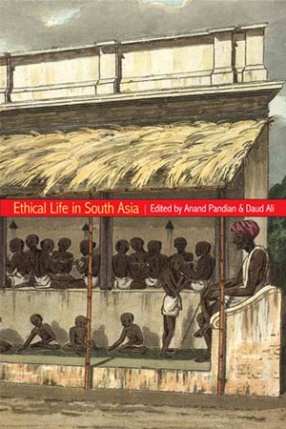South Asia and Central Asia are the two proximate regions that have governed much crucial aspects of world geopolitics in the 19th and 20th century. The over arching influence of Cold War and Communist movement overshadowed much of their past in Afghan rivalry. The region were set back as if there was no historical acknowledgment of each other’s presence with variety of links serving the two regions. The post 90s changed the world dramatically where the political hold of the Russians declined comparatively. Interestingly, the Central Asian Republics (CARs) were fiercely opposed to the distintegration of USSR. No doubt their socialist credentials have been the contact of the first order whilst the making of Indian nationalism in early decades of 20th century. South and Central Asia are basically contrasting regions, with some crucial commonalities. The socio-economic evolution of South Asian peoples has been essentially based upon settled agrarian practice. On the other, the Central Asian peoples have been pastoral societies. Thus, historically the have been the near perfect reciprocities, considering their political economy. Another important aspect is their geographical location. Central Asia is the entrepot between the Orient and Occidental Worlds. The famous silk route multiplied into numerous strands reaching South Asia, Central Europe and Russia, the Mediterranean and far Southeast Asia. The book is an attempt to see all this compage as a backdrop to future possibilities of the two regions setting afresh agenda for cooperation under the current regime of globalization and W.T.O. The vast energy reserves are natural inclination for never satiating demand for south Asian market. But howsoever such opportune overtures are engineered; the real agenda for cooperation is set only with backward and forward linkages between the crucial sectors of the economies of the countries in both the regions. This exercise can transform the full space into another hub of economic opulence. Based on these novel assumptions, the book is a harbinger to further explorations of opportunities that lie ahead.
Encounter Wildlife in Nepal
$31.50
$35.00





There are no reviews yet.